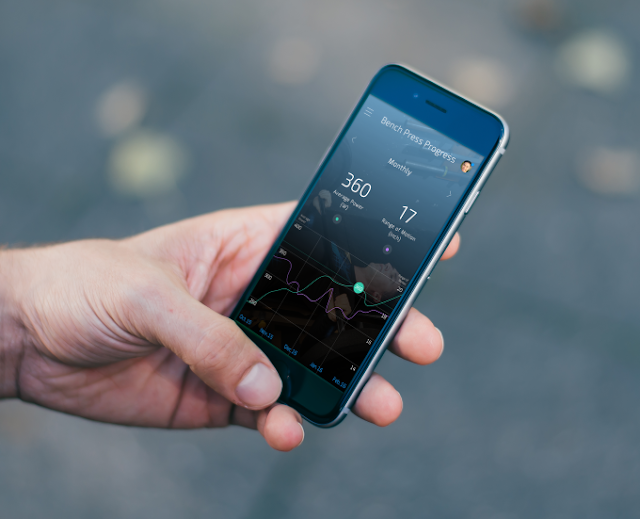There’s a new body-tracking workout outfit that looks to compete with the likes of Athos and other workout-tracking sensors that’s launching on Kickstarter today.
Enflux, a Y Combinator-backed company, is starting a Kickstarter today for its sensor-laden workout outfit (that can even go in a washing machine). And it’s basically all thanks to a series of running injuries CEO Doug Hoang suffered in the months following his work on sensors for racing cars.
“it was really talking with [my co-founders] at the same time, they have extensive experience in exercise,” Hoang said. “‘You can do this,’ they said, so I had these motion sensors we developed, I could strap them to my legs that measure yaw, pitch and roll. I didn’t even have a car back then so it was a little misalignment of the problem, but when I started training for triathlons it was like, ‘this is the next big thing.'”
Enflux’s equipment consists of a shirt and pants that are loaded with sensors that track your form as you work out. The goal is to help people get the right form down and serve as a sort of personal trainer that works on your smartphone. There’s an avatar on your phone that lets you review your exercises, as well as a series of stats that help you understand whether or not you’re getting the exercise right.
There’s going to be a big challenge for Enflux: the tech is about a year out from shipping, including getting the full sign-off on its patents. That could open the door for other competitors to beat the company to the market with similar — and potentially superior — products. But Hoang, with a background in engine design, says the approach of each company is a little different.
Originally the equipment consisted of a bunch of strap-on sensors that sit on your body, but now those sensors are being placed into an actual shirt and pants. They sit pretty tight on the body, and Hoang says the equipment has around a two-week battery life. There are ten sensors in total that sit around the body to translate movement to a smartphone app that then records all that.
The company is working with around 500 personal trainers to help establish a baseline of the right form and style of workouts, and the company continues to add new exercises with the help of those personal trainers and experts. Over time, it’ll also collect data on how people exercise and tweak the process to better tailor exercises to people with different styles and body types.
All this is designed to be focused on your form and give you feedback in an attempt to prevent injury and help people progress in their training. Many runners can probably relate to Hoang and find this useful: knee injuries are among one of the most annoying problems that can keep you off the trail, and it can sometimes be prevented by other exercises and fixing running form, Hoang says.
The other goal is that the company wants to begin partnering with other services — ones like, potentially, MyFitnessPal — to better integrate with the whole fitness and health experience. Right now Enflux doesn’t have any specific plans, but hopes to “play nice” with other services, Hoang said.
Enflux is going up against some serious competition — especially for a product that’s still a year from launch. Athos, another smart apparel company, has raised $51 million, most recently in a round led by Social+Capital. And there are other trackers looking to work as wearables like Atlas. Atlas, too, ran a successful campaign on Indiegogo where the project raised more than $600,000.
One interesting note is that Hoang will be moving to Taiwan in order to better manage the complicated relationship that hardware companies often have with manufacturers. For example, the first shipment of sensors that they received weren’t working because they just weren’t getting the spec exactly right in production. Hoang will be a mobile CEO, which may be challenging for the company, but likely necessary in order to ensure that the process goes smoothly.
“It’s always gonna be like that, because we’ve failed often and they know the tech well,” Hoang said. “That’s why we’re putting this a year out is a year out of making small tests of every process we go through before we do the full order.”








